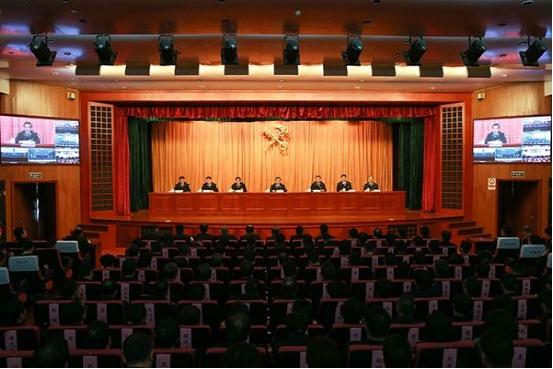
The GACC convenes a video-teleconference on arrangement for Customs organizational reform.
Recently, China’s entry-exit inspection and quarantine duties and workforce were integrated into the General Administration of Customs of China (GACC). On April 16, at a video-teleconference on arrangement for Customs organizational reform, Mr. Ni Yuefeng, Minister of the GACC, required that China Customs, with the focus on its functional transformation and optimization, establish a brand-new Customs authority that reflects socialism with Chinese characteristics, striving for higher efficiency and lower cost in Customs clearance, better environment for business, more rigorous control, and higher service quality, in a bid to deliver the benefits of the organizational reform to the industry and the public in a timely manner.
From April 20, the previous entry-exit inspection and quarantine workforce commenced operation as an integral part of Customs. Officers at front-line border areas including passenger processing, cargo examination and service counters, are now in Customs uniform with epaulet. Minister Ni pointed out that Customs-quarantine operational integrationand relevant legislation need to be expedited and that tangible outcomes need to be delivered from the reform process. Service counter consolidation and streamlined formalities need to be achieved at earliest convenience to safeguard the merge of functions in seven operational areas including: passenger processing, single declaration/examination/release initiative, transport means boarded examination, radioactive detection, mail processing, broker registration and the Single Window Platform for foreign trade, so that external clients could deal with one authority and one process only. Business document templates, stamps and seals will be replaced and updated. Customs controlled areas and examination process of newly opened ports need to be planned and designed in line with the requirements of the organizational reform. All relevant laws, provisions and regulatory documents need to be reviewed to enable timely establishment, amendment, abolishment and explanations in the legal framework to support the reform.


